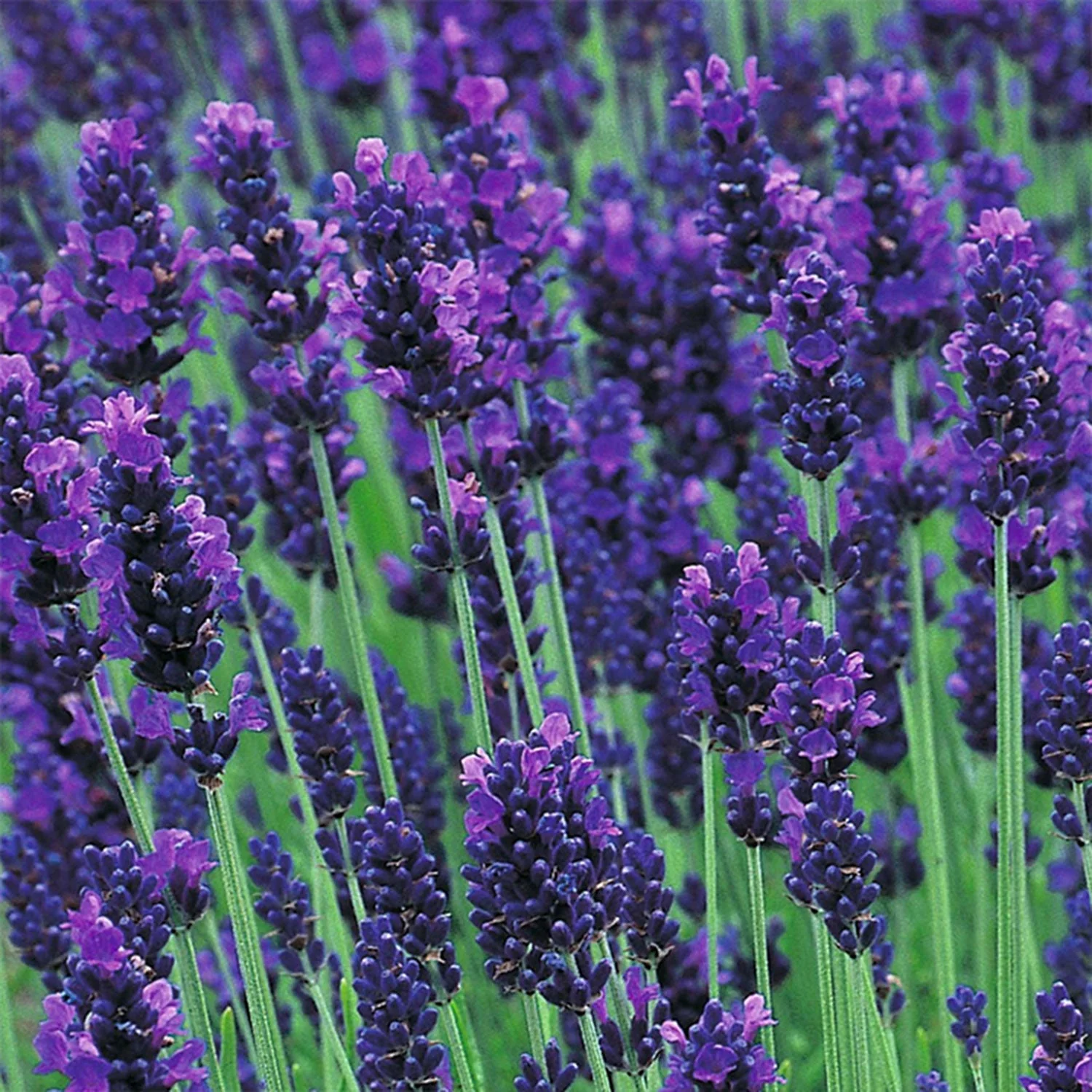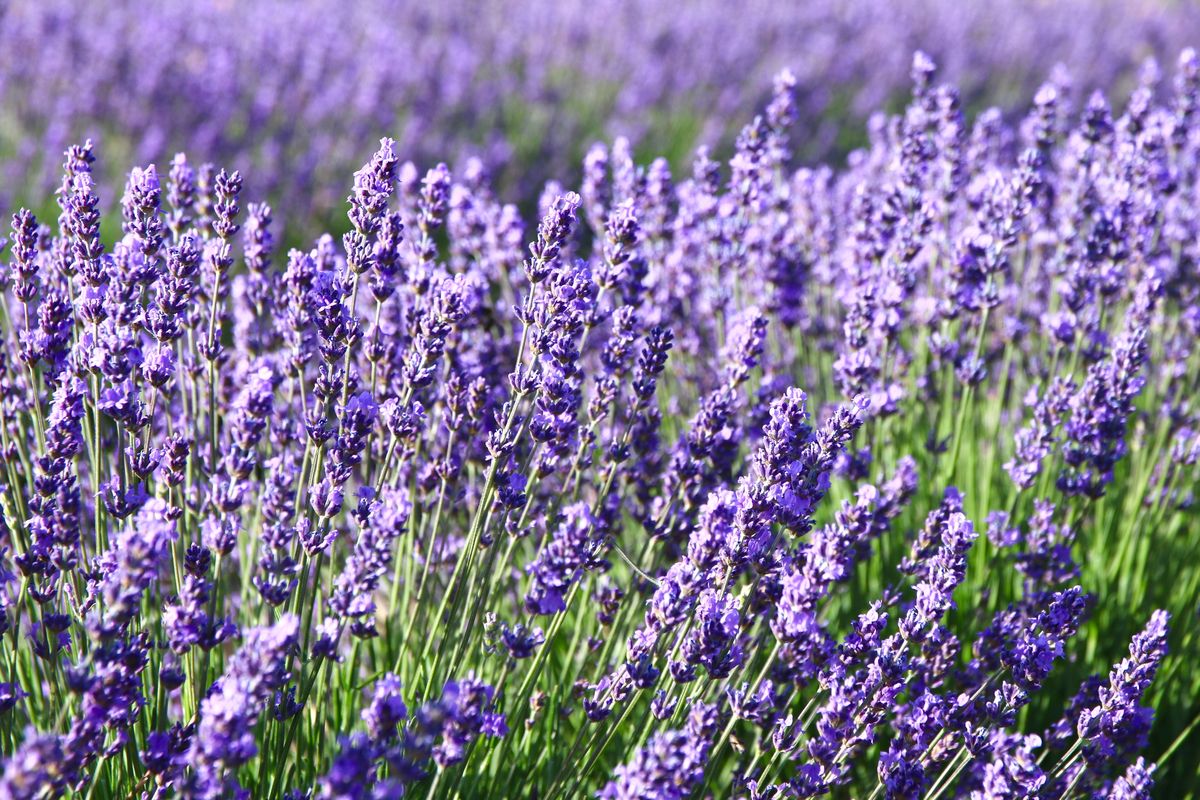Growing lavender in soil can be a rewarding experience, as this versatile herb offers beautiful blooms, a delightful fragrance, and various culinary and medicinal uses. Here’s a comprehensive guide on how to grow lavender in soil:
- Choose the right variety: Select a lavender variety that is suitable for your climate and intended purpose. English lavender (Lavandula angustifolia) is a popular choice for its aromatic flowers and oil, while French lavender (Lavandula stoechas) is known for its showy blooms with distinctive “rabbit ear” petals. Other varieties include Spanish lavender (Lavandula dentata) and lavandin (Lavandula x intermedia), which is a hybrid of English and spike lavender.
- Select a sunny location: Lavender thrives in full sun, so choose a location with at least 6 to 8 hours of direct sunlight per day. Ensure that the area has well-draining soil to prevent waterlogging, as lavender does not tolerate excessive moisture.
- Prepare the soil: Lavender prefers alkaline or slightly acidic soil with a pH between 6.5 and 7.5. Improve drainage by incorporating organic matter, such as compost or well-rotted manure, into the soil. Avoid heavy clay soils, as they can lead to root rot.
- Planting lavender: Dig a hole that is slightly larger than the plant’s root ball. Gently remove the lavender from its container and place it in the hole, ensuring that the top of the root ball is level with or slightly above the soil surface. Space the plants at least 12 to 18 inches apart to allow for air circulation and future growth.
- Watering: Initially, water newly planted lavender thoroughly to help establish the roots. Afterward, reduce watering frequency, as lavender is drought-tolerant and prefers slightly dry conditions. Overwatering can lead to root rot. Water deeply but infrequently, allowing the soil to dry out between waterings.
- Mulching: Apply a layer of organic mulch, such as straw or bark chips, around the base of the lavender plants. Mulching helps conserve moisture, suppress weed growth, and protect the plant’s roots from extreme temperatures.
- Pruning: Regular pruning is essential to maintain the shape and vigor of lavender plants. Prune back about one-third of the plant’s height in early spring or after the main flowering period. Avoid cutting into old wood, as lavender plants may not recover well. Harvesting the flowers by cutting the stems after the blooms have fully opened also promotes bushier growth.
- Fertilization: Lavender is a relatively low-maintenance plant and generally does not require heavy fertilization. In nutrient-poor soils, a light application of balanced organic fertilizer in early spring can be beneficial. Avoid excessive nitrogen, as it can promote leafy growth at the expense of flowers.
- Pest and disease management: Lavender is generally resistant to pests and diseases. However, it can occasionally suffer from issues such as root rot, powdery mildew, or lavender leaf spot. Provide good air circulation and avoid overwatering to prevent these problems. Prune away any diseased or damaged plant parts.
- Winter protection: Lavender is hardy in many regions, but extreme cold and wet conditions can be detrimental. In colder climates, provide winter protection by applying a layer of mulch around the base of the plant to insulate the roots. Alternatively, grow lavender in containers that can be brought indoors during winter.
By following these guidelines, you can create an ideal environment for growing lavender in soil. With proper care, your lavender plants should thrive, offering aromatic blooms and the potential for a variety of culinary, aromatic, and medicinal uses.



